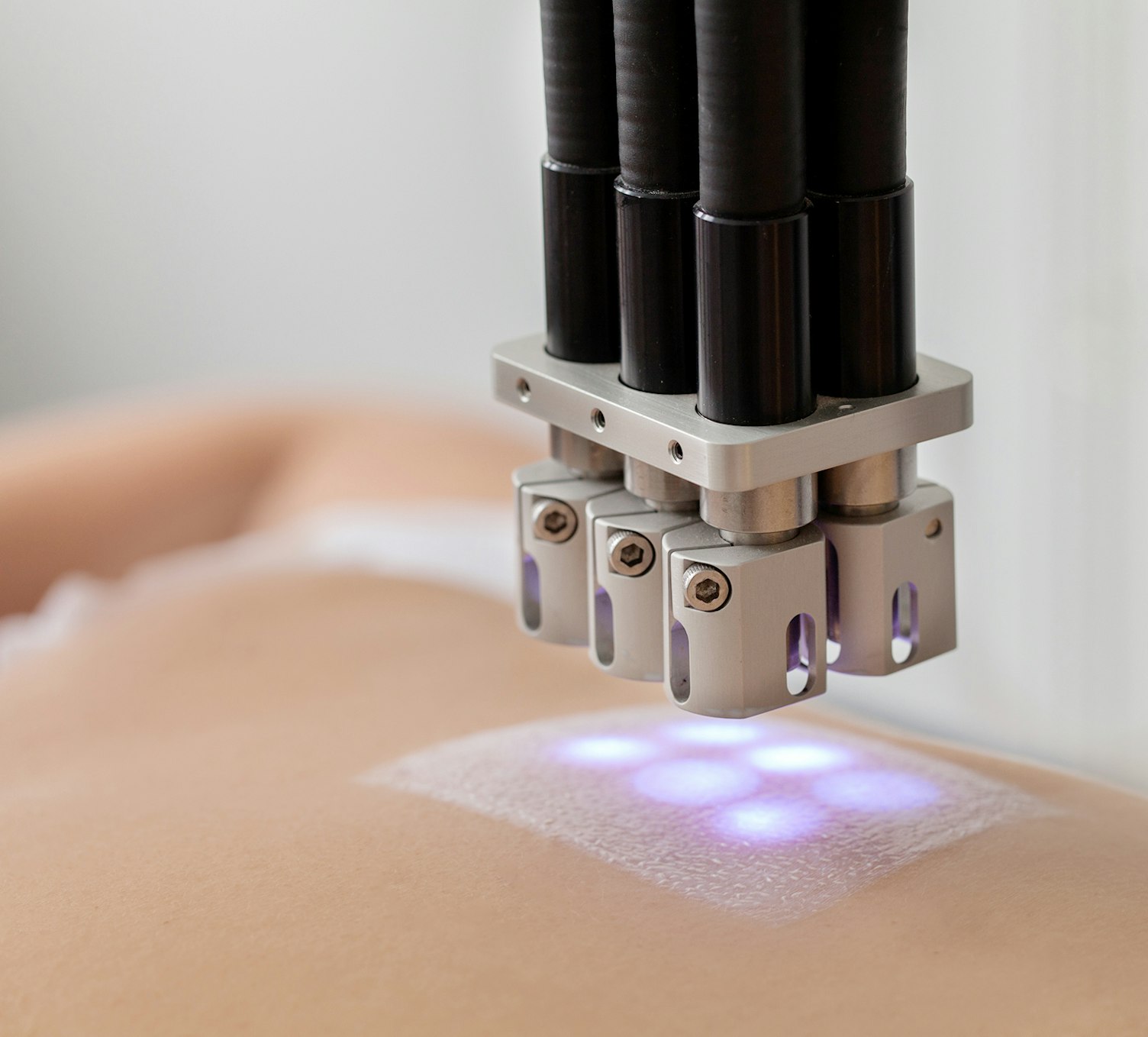Yes. We assess characteristics such as pH, viscosity, density, flash point and mass, and can quantify active UV filters (including zinc oxide, titanium dioxide, homosalate, octocrylene, oxybenzone and more), preservatives, heavy metals and benzene using advanced analytical techniques such as HPLC/UPLC, GC, and ICP-OES/ICP-MS.
Consumers expect sunscreens to protect against harmful UV rays while being safe for everyday use on adults and children. Meeting these expectations, while complying with complex global regulations, requires rigorous testing. We provide a complete range of sunscreen testing services to help you demonstrate safety, efficacy and compliance – giving consumers confidence in your products.
Why choose this service from SGS?
- Demonstrate efficacy and claims
We verify sun protection factor (SPF), Ultraviolet A (UVA) rays and broad-spectrum protection using internationally recognized methods.
- Ensure product safety
We assess phototoxicity, photoallergy, non-comedogenicity, ocular irritation and microbial contamination risks.
- Test real-world performance
We evaluate water resistance, suitability in extreme weather conditions, sensitive-skin tolerability and safety in everyday use.
- Support reef-friendly claims
Through our partnership with ReefTox, we test formulations against panels of coral species to substantiate reef-safe labeling.
- Go beyond UV protection
We offer customized protocols for high-energy visible (HEV) light and visible light (VL) protection to address emerging consumer concerns.
Sunscreen efficacy testing methods
We evaluate sunscreen performance using globally recognized in vivo and in vitro testing methods to verify product safety, labeling accuracy and market compliance.
In vivo methods:
- ISO 24444:2019 – Determination of SPF
- ISO 24442:2022 – Determination of UVA Protection
- ISO 23698:2024 – Measurement of Sunscreen Efficacy by Diffuse Reflectance Spectroscopy (HDRS)
- ISO 16217:2020 – Water Immersion Procedure for Determining Water Resistance
- ISO 18861:2020 – Percentage of Water Resistance
- US FDA Final Rule 2011 – Labeling and Effectiveness Testing: Sunscreen Drug Products for OTC Human Use
- US FDA Proposed Order 2021 – Amending OTC Monograph M020: Sunscreen Drug Products for OTC Human Use
- China Methods (NMPA Certified)
- AS/NZS 2604:2021 – Sunscreen Products Evaluation and Classification
In vitro methods:
- ISO 24443:2021 – Determination of UVA Photoprotection
- ISO 23675:2024 – Determination of SPF (Double-Plate Method)
- US FDA – Critical Wavelength Determination
- COLIPA Method – Determination of UVA-PF
- Boots Star Rating – Assessment of UVA-PF


Independent sunscreen testing with worldwide reach
As the world leader in testing, inspection and certification, we combine global reach with specialist expertise in cosmetics and personal care. Our ISO/IEC 17025 accredited laboratories and human panel testing sites across all major markets enable us to deliver accurate results you can trust. By partnering with us, you benefit from independent verification, market access support and innovative solutions that add value to your brand.
FAQs
Yes. In partnership with ReefTox, we conduct acute ecotoxicity testing on coral species:
- ReefTox 12 (12 coral species)
- ReefTox 50 (50 coral species)
This allows you to substantiate reef-safe and eco-friendly labeling.
Yes. We develop customized protocols to evaluate protection against high-energy visible (HEV) or blue light and other visible light (VL) wavelengths that contribute to pigmentation and oxidative stress.
We offer studies for phototoxicity, photoallergy, non-comedogenicity, ocular safety and microbial contamination. We can also run at-home safe-in-use studies for sensitive populations, including people with rosacea, eczema or acne-prone skin.
Phototoxicity testing assesses whether the product causes skin irritation when exposed to sunlight. This is crucial for avoiding adverse skin reactions.
Photoallergy testing examines the potential for allergic reactions triggered by sunlight exposure, ensuring the product is not a sensitizer.
Non-comedogenicity testing determines whether the sunscreen will clog pores, which is essential for people who are prone to acne and other skin conditions.
Ocular testing assesses the safety of products that may come into contact with the eyes, verifying that they do not cause irritation or adverse effects.
16th Floor, Block A, No.73 Fucheng Road, Century Yuhui Mansion,
Beijing, Haidian District, China